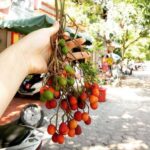Gai vegetable sprouts are the young shoots of the Gai tree, which grows to a height of 1.5 to 3.5 meters, is covered in thorns, and has few branches. Each tree typically has only 2 to 4 branches. The leaves are oval-shaped with serrated edges, and the flowers are a pale yellow with a small diameter.
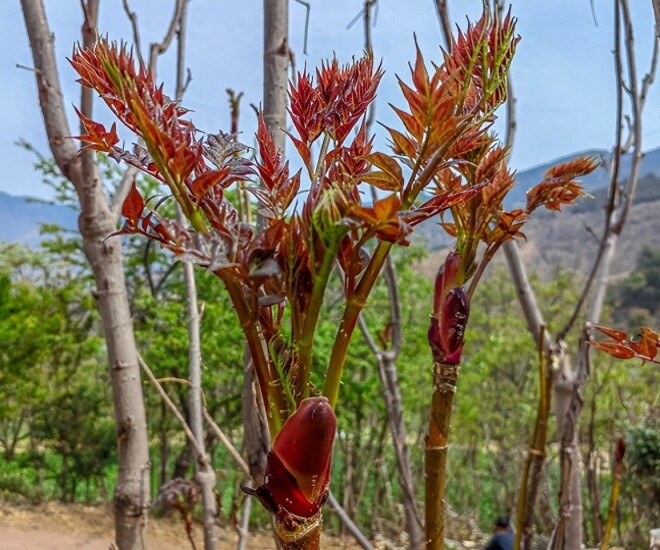
This resilient tree thrives in harsh conditions, typically growing on mountain slopes between 250 and 1000 meters above sea level, where the soil is dry and nutrient-poor. In Vietnam, this vegetable grows wild in the northern mountainous regions.
Only when the weather becomes warm and humid does the Gai tree begin to sprout, producing lush green shoots, usually at the start of spring. Locals refer to these young shoots as Gai sprouts and often harvest them to create simple yet delectable dishes.
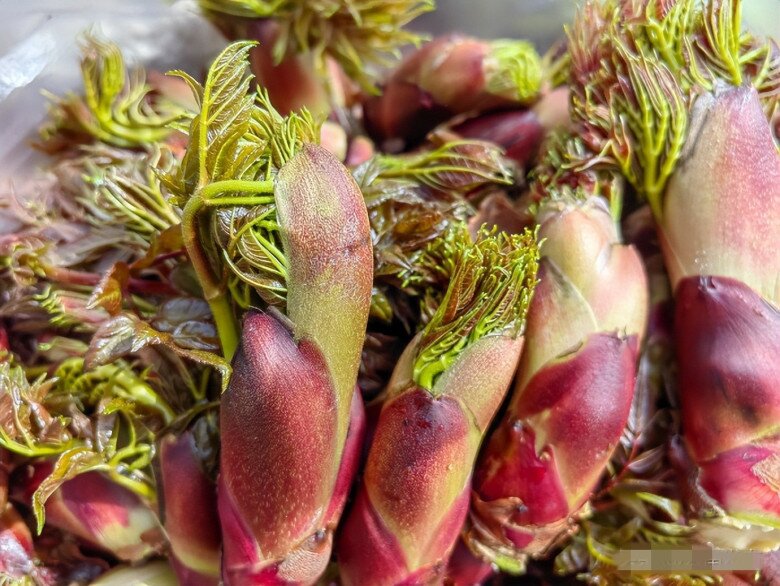
Gai vegetable sprouts are versatile and can be prepared in a variety of ways, including stir-frying, deep-frying, and boiling. Before cooking, it is important to scrape off the thorns, trim the ends, and blanch the sprouts. This vegetable has a unique aroma, a crisp texture, and a refreshing bitter-sweet flavor reminiscent of the mountains.
Not only is the Gai vegetable sprout delicious and refreshing, but it is also highly nutritious. According to research, 100g of fresh Gai vegetable sprout stems and leaves contain 27 kcal, 4.2g of protein, 0.2g of lipid, 4.3g of carbohydrates, and 4.2g of fiber. Notably, elements such as phosphorus, potassium, calcium, magnesium, and iron are present in much higher concentrations compared to regular vegetables. Furthermore, this sprout is free from harmful fats and cholesterol.
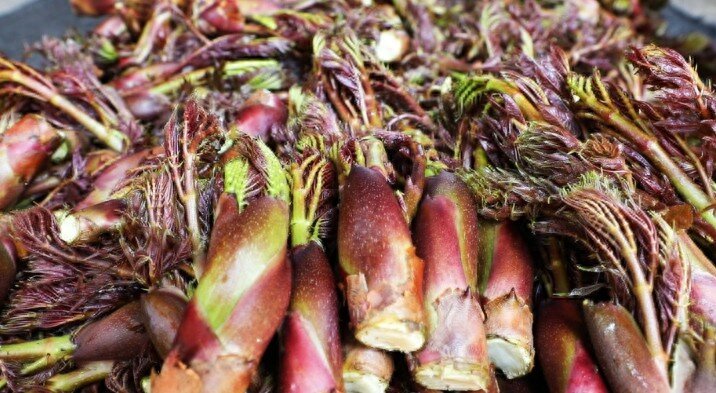
In addition to its nutritional benefits, the Gai vegetable sprout is believed to help regulate blood pressure, promote cardiovascular health, improve digestion, prevent diabetes, and provide powerful antioxidant and anti-cancer effects. For these reasons, it has earned the title of “King of Wild Vegetables.”
Despite being neglected and chopped down in the past, the Gai vegetable sprout is now a sought-after delicacy. This wild vegetable is typically harvested in the spring, and due to its rarity in the market, it commands a high price. In Vietnam, it sells for 350,000 to 400,000 VND per kg, making it significantly more expensive than regular vegetables.
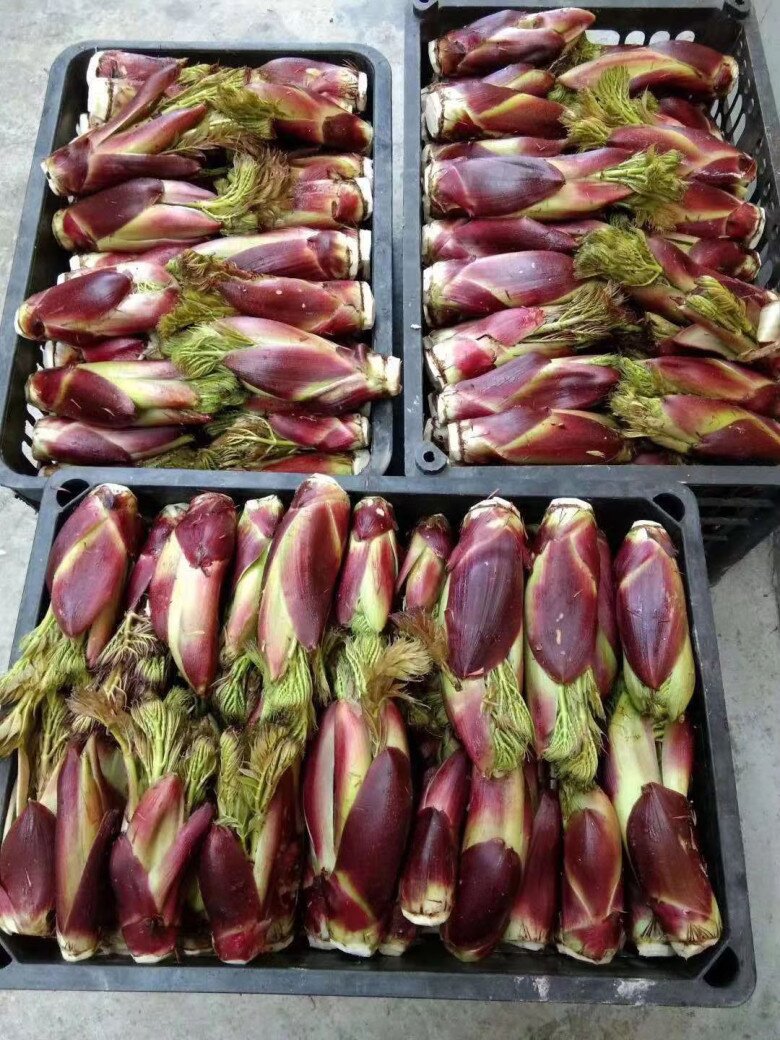
Growing and Caring for the Gai Vegetable Sprout
The Gai vegetable sprout is typically propagated through stem and seedling cuttings. You can purchase seedlings from vegetable seedling stores or online. The ideal time to plant Gai trees is during spring or autumn.
Being a wild plant, the Gai tree is relatively easy to grow and care for. However, to encourage sprout growth, it is recommended to plant them in loose, fertile soil with a depth of more than 10cm. Before planting, thoroughly till the soil, dig holes, and ensure the seedlings are planted upright with evenly spread roots. After planting, remember to weed promptly.

Harvesting of Gai vegetable sprouts can begin after 2 to 3 years of planting. The young leaves at the top of the plant are typically harvested from late April to late May. Sprouts can be collected when they are 6 to 10cm long and before they unfold into leaves. Avoid harvesting male sprouts, which are purple, elongated, covered in thorns, and inedible.
After harvesting the young shoots, it is important to prune the plant to prevent it from growing too tall, making harvesting difficult. Pruning also encourages branching, increasing yield. Pruning should be done in mid to late May, not too late in the season.

From the fourth or fifth year after planting, promote new sprout growth by cutting the roots around the old plant in the spring. After harvesting the young leaves, you can cut the old plant from the root.
Does Matcha Make You More Alert Than Green Tea? The Answer May Surprise You
Matcha is the latest beverage trend taking the world by storm, but does it live up to the hype? With a plethora of purported health benefits and a promise of enhanced focus and alertness, it’s time to delve into the world of matcha and uncover the truth. Uncover the secrets of this ancient beverage and discover why it might just be your new go-to drink.


























